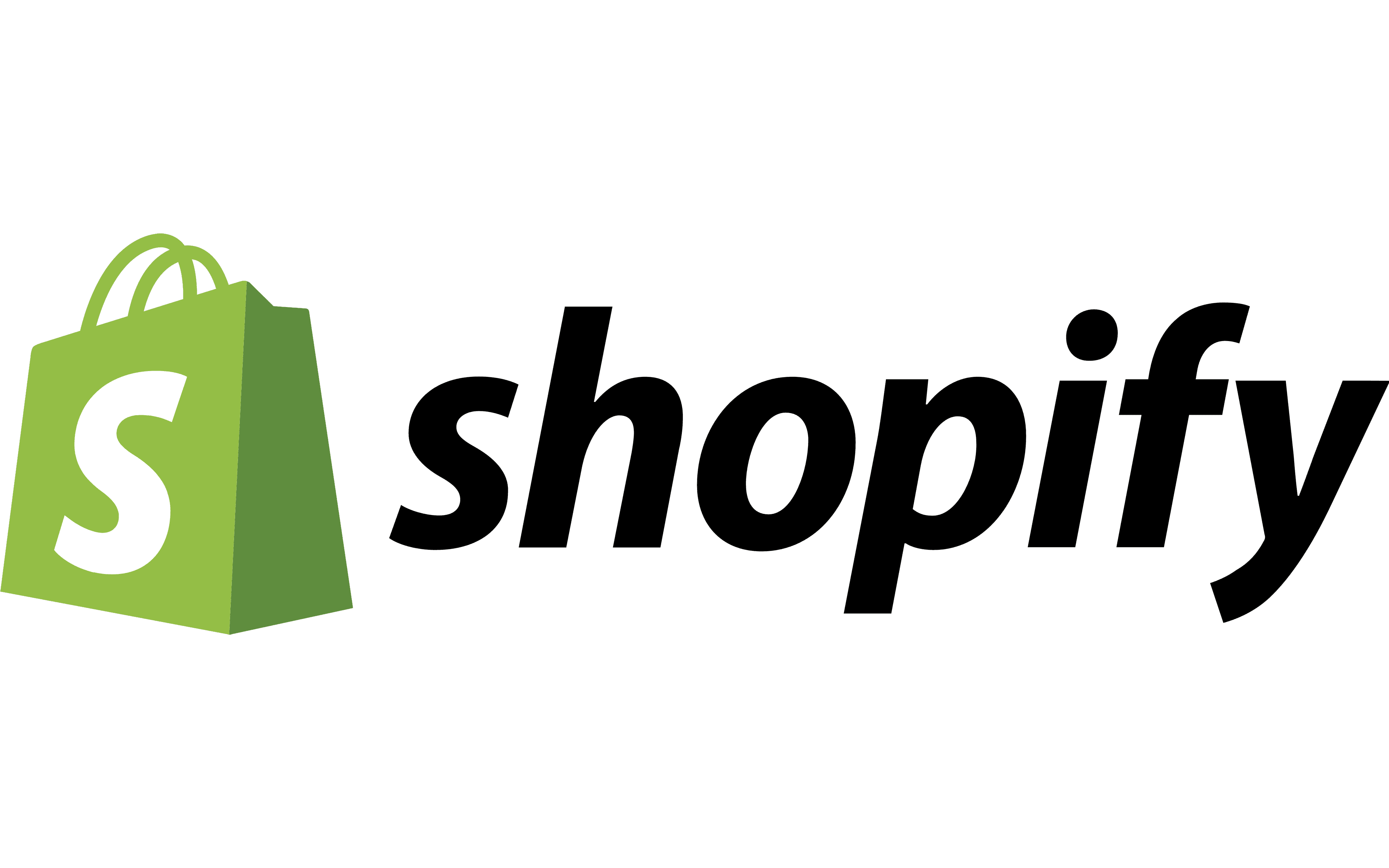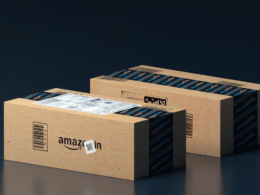If you are considering selling handmade goods or artwork, you may be interested in opening an Etsy shop. The popular online marketplace provides a space for artists and designers to sell their unique products without going through the work of creating a website and business model from scratch.
Etsy has been a pioneer in online marketplaces since 2005 and has cemented itself as a popular choice for many sellers. That said, there are advantages and disadvantages to using this platform as the base for your creative business. It’s essential to be aware of the pros and cons and the online alternatives so your creative shop can thrive.
The Pros of Etsy
Etsy has a good reputation among many sellers and consumers. Throughout its life span, Etsy has maintained the standards that have kept it operational and attractive.
1. Simple Interface
Starting a business is stressful enough, so the last thing you need is to be overwhelmed by setting up your shop or creating listings. Luckily, Etsy has one of the most straightforward interfaces online. You can refer to the seller handbook and follow the steps to begin with ease.
2. High Number of Users
When you create a website from scratch, it might be hard to gain traffic early on. Selling on Etsy can give you more exposure with its existing user base and search functions. The marketplace’s active buyer base peaked at 96.34 million users in 2021. Buyers show interest across various categories, and you can capitalize on niches like jewelry or art prints.
3. Helpful Tools and Resources
Another perk behind Etsy is its various resources for beginners and side hustlers, making it the ideal training ground for online sellers. Several tools are available once you’ve smoothed out how to run your shop and score your first transaction. For instance, you can analyze sales statistics and monitor your business’s progression on the platform.
Verizon Digital Ready: Providing Entrepreneurs the Skills and Knowledge They Need
The Cons of Etsy
While Etsy might sound like the best deal, every platform has its downsides. Creative businesses should consider these issues before opening a shop.
1. Service Fees
While opening a shop is free, Etsy comes with service fees. It charges 20 cents for each item listed, so there’s an investment besides sales and advertising. Whether you want to make selling your primary income or keep it as a side gig, the fees can make it less profitable.
Etsy does make its service fees public for creative businesses. That way, sellers can adjust their prices to keep their desired profit margin while paying the fees.
2. Increased Competition
Etsy has been around for almost 20 years. Aside from amassing a broad base of buyers, there are also multitudes of competing sellers on the platform.
While Etsy prides itself on selling self-made and unique items, you can still come across listings selling supplies or products similar to yours. A shopper searching for handmade jewelry, for example, may have millions of search results to scroll through. You may also have to compete with fake products or users selling at much cheaper prices. As a seller, you’ll need to find ways to show that your items are high quality, unique and worth the price.
3. Difficulty in Promotions
Etsy operates as a marketplace, so buyers will only know about you based on your listings and descriptions. It can be hard to build up a brand if you can’t connect with consumers beyond the transactions.
Sellers rely on different networks to promote themselves and their shops. There are options to customize the banner and add your website, but the guidelines can be tricky. Be sure to read Etsy’s guidelines carefully to avoid any violations.
Subscribe to The Start, the Newsletter Built for Entrepreneurs
Alternative Platforms for Creatives
There are various options when it comes to finding an online marketplace where you can sell your creative products. Just like Etsy, they have their pros and cons. Weigh what factors matter most to you as you choose the best platform.
1. Personal Website
Rather than engaging in marketplaces, some creatives turn to website builders to create a hub for their products. Here are some examples of the most popular website creation tools:
- Shopify: Shopify offers many resources that enable people to create a site under its custom domain. The business also gains more control over the shop and marketing. For instance, sellers can add a customer to their email list after a sale.
Making Commerce Better for Everyone Shopify is supporting the next generation of entrepreneurs, the world’s biggest brands, and everyone in between
- Wix: Wix operates under the same premise of letting professionals create their own business websites. The site offers various templates to complete the look of their web pages from scratch. However, it provides fewer e-commerce capabilities and customization features.
Create a website without limits. Build and scale with confidence. From a powerful website builder to advanced business solutions—we’ve got you covered. Try Wix. No credit card required.
- IndieMade: IndieMade is a website creation tool solely created with creative business websites in mind. It is more affordable than Shopify and Wix, as it has lower setup and running fees. However, gaining traction can take time and require SEO effort.
2. Social Media
Social media stores are another alternative. Having these in-network shops connected to your profile can provide shoppers easy access while you work on marketing yourself. Creating listings is also relatively free. Here are some popular options:
- Facebook Marketplace: Facebook Marketplace is a varied hub of different products. There are also groups for buyers and sellers for a specific niche.
- TikTok Shop: TikTok released its online shopping feature in the U.S. in 2023 after testing it in countries like Thailand and the Philippines. Content creators can now market their products to their followers.
- Pinterest Business: While less popular than its counterparts, Pinterest can serve as a good marketing and selling tool for creatives. You can upload different catalogs for pinners to view and add to their shopping list.
- Instagram: If you’re just starting out, selling products through Instagram is a low-effort option. You can post pictures of your products and take orders through DMs. This method may not be sustainable for large-scale businesses, but it can work for those who just want to sell goods for fun.
3. Wish
Wish is an e-commerce app that has caught many people’s interest. It has gained traction in online shopping and can be an ideal setup. However, creative businesses may struggle to tap into the buyer base. The platform is known for its low prices, so handmade goods that do well on Etsy face challenges on Wish.
4. AliExpress
AliExpress is similar to Wish. From a seller’s perspective, AliExpress charges less commission on sales. However, you will face the same hurdles of competing with dropshipping businesses selling inexpensive products. Consumers will expect lower prices on this site.
5. Poshmark
Poshmark is a more reputable platform that stacks up against Etsy. This site can be good for building a presence if you sell products in the clothing, shoes and accessories category.
Poshmark also takes a flat commission of $2.95 for sales under $15. Prices exceeding that threshold warrant a commission of 20%.
6. Amazon
Amazon is an eCommerce giant known for selling everything you can think of. It can be daunting to delve into the platform as a regular seller, but the company has introduced Amazon Handmade accounts.
Amazon Handmade promotes artisan handcrafted products, separating sellers of this category from mass-produced products. Shoppers can also easily filter out these listings, meaning you’re on level ground with other creatives.
7. eBay
Many people use eBay to shop for vintage and used items, so it can be a great option for anyone interested in resale. It’s similar in popularity to Etsy, but it’s not as commonly used for selling handmade goods or art.
Additionally, eBay does not have specifications to distinguish sellers of different categories. Plus, there are risks of not getting compensated if customers refuse to pay or run across issues during the payment process.
8. RedBubble
Redbubble is an Australian print-on-demand brand with a presence in the U.S. It markets itself as a website for artists and creatives who can upload their designs to be put on stickers, T-shirts, mugs and other commodities. While it is a trustworthy brand, there’s some gray area with the site’s use of the artist’s outputs and the overall quality of the products.
9. Goimagine
Goimagine is another platform that Etsy users might contemplate migrating to. The marketplace primarily promotes handmade products from the U.S., While there are commission fees, the site says 100% of its profits go to charity partners like Horizons for Homeless Children and Relief Nursery.
Diversify Your Marketplace
Starting a business means analyzing the risks and rewards of each decision. Pros and cons considered, Etsy provides a well-rounded experience for many creatives who want to start selling. It’s also a good idea to diversify your presence on different platforms and take advantage of their unique advantages. That way, you make the most of your online presence.








